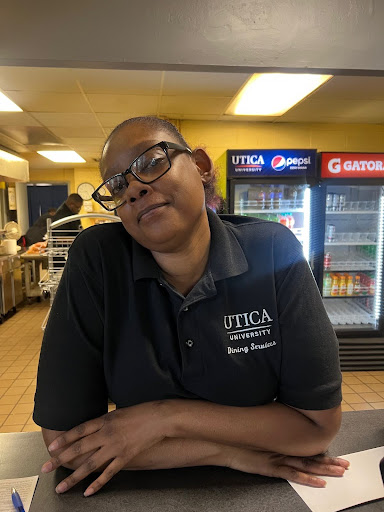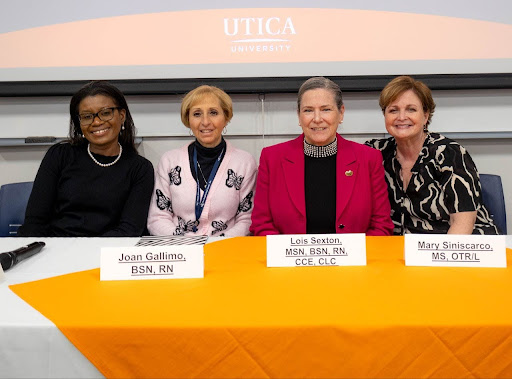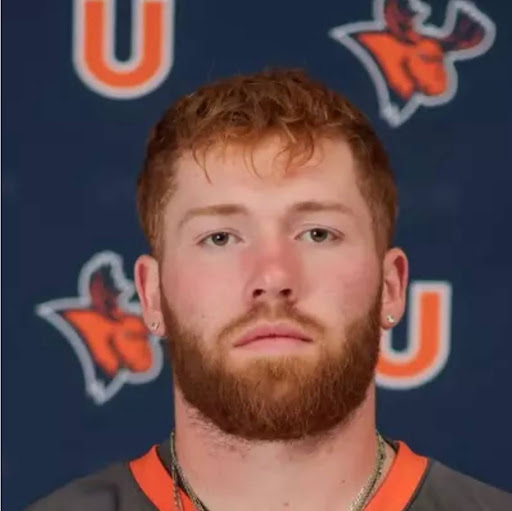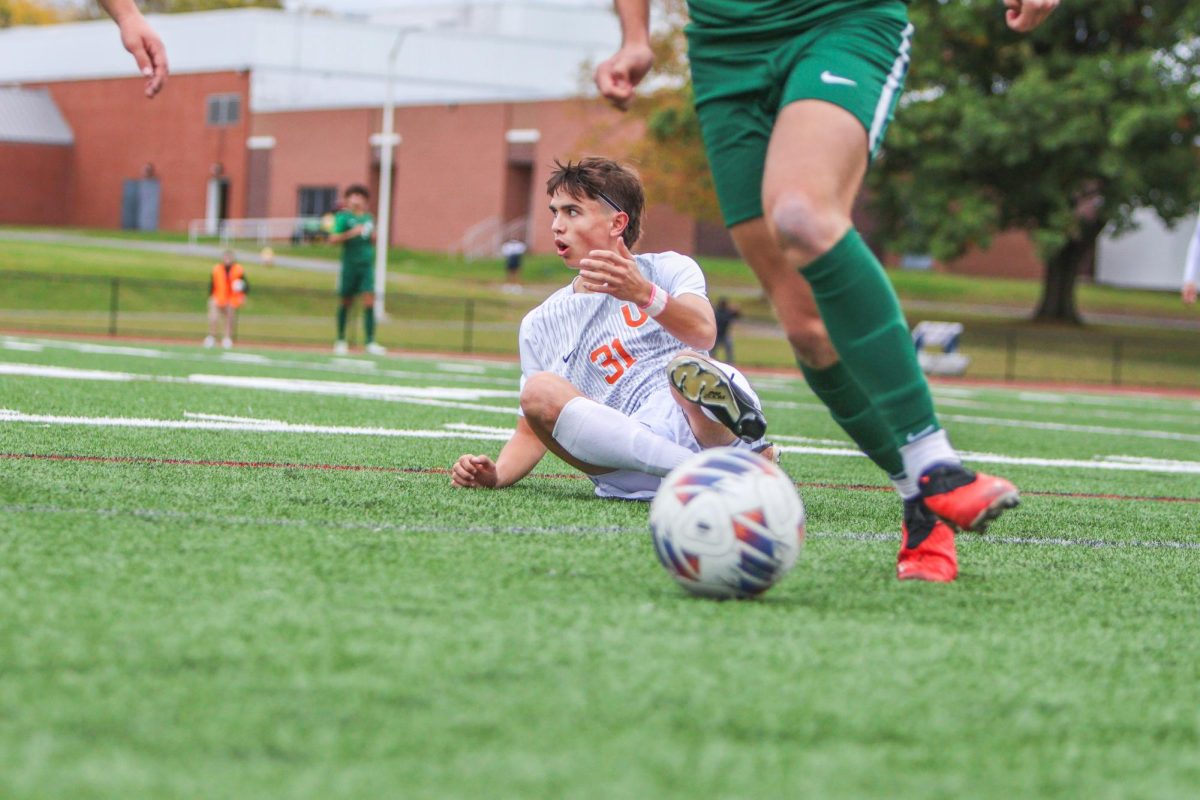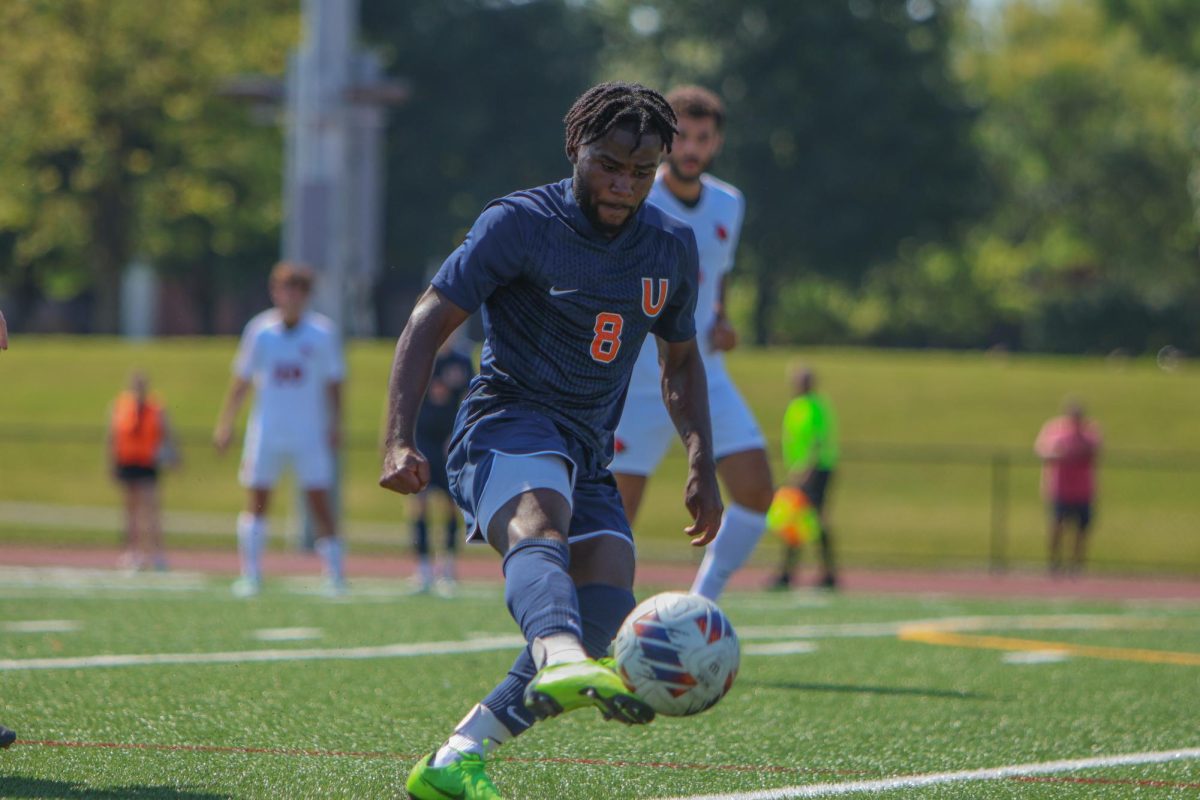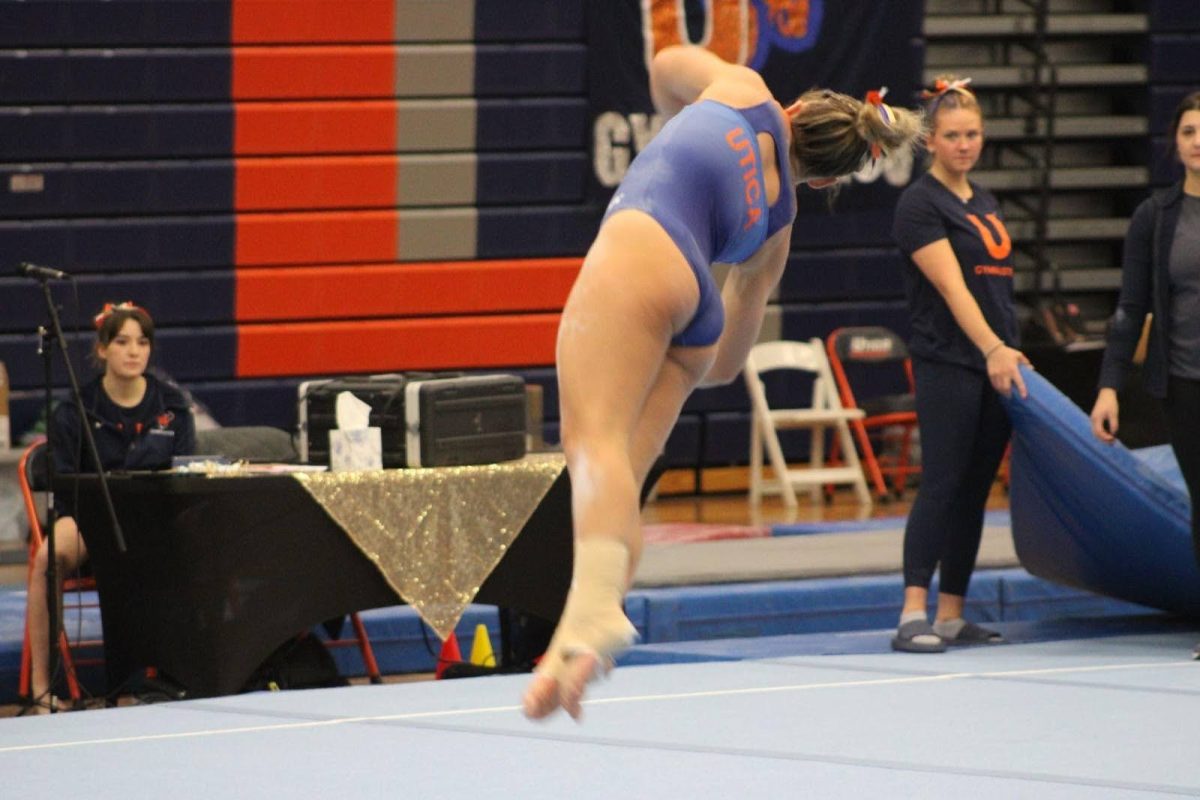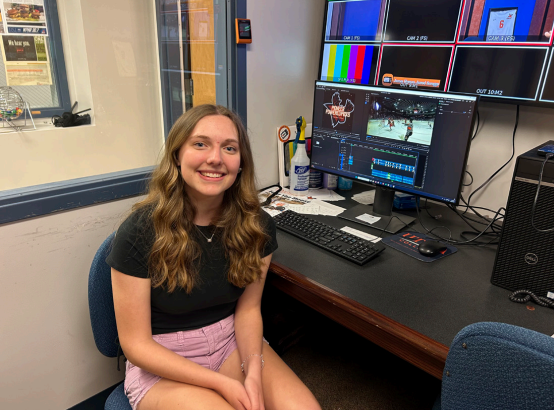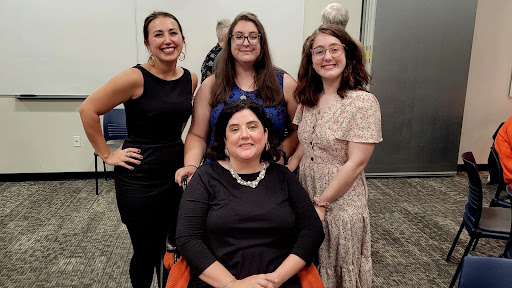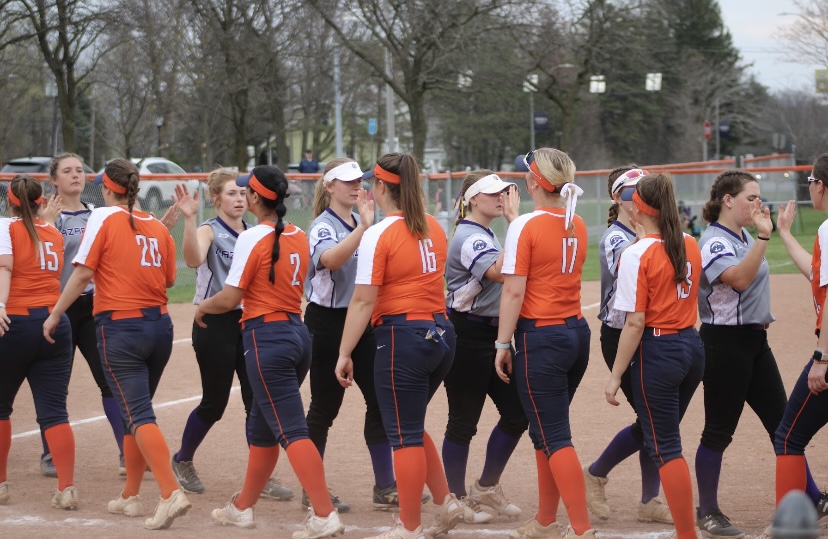The ability of college athletes to profit off their name, image and likeness has dramatically changed the landscape of college athletics. What once seemed like a far-fetched idea has become a reality. Athletes can sign endorsement deals, make money off their social media, and profit from their popularity.
While these opportunities offer clear benefits, questions have also arisen about how they will affect student-athletes, their schools and fairness in college sports. Some members of Utica University’s baseball team reflect a mixture of excitement and concern about the changes.
Eric Schulteisz, a sophomore baseball player, looks at NIL as a great opportunity for athletes to make money.
“I think we should be eligible for it,” Schulteisz said. “It opens up some chances that we didn’t have as athletes before school, and you never know if you might need it.”
For athletes like Schulteisz, NIL presents an unprecedented opportunity for those athletes who struggle to pay for school, being able to monetize their sponsorships can provide much-needed extra money without seriously detracting from sports or studies, key parts of the college experience.
Matthew Tusiani-Eng, another sophomore player, agrees that athletes should have the opportunity to profit from NIL. He realizes that athletes in less popular sports may have more difficulty securing deals.
“We should definitely be eligible for NIL,” Tusiani-Eng. “As a Division III athlete, it might be harder to get an NIL deal, but if you do, it will only help you.”
Most Division III athletes have a tough time because they don’t receive as much media attention as the Division I athletes. However, NIL does provide an avenue for making money and getting exposure, which could benefit the hardworking athletes who seldom get well paid.
While Schulteisz and Tusiani-Eng are optimistic about NIL, Austin Rhodes, a fellow sophomore, has a more measured perspective. He realizes that with the opportunities of NIL come responsibilities that many athletes are not prepared for.
“I think NIL could most definitely benefit,” Rhodes said. “When a college athlete gets an NIL deal, they have to be cautious to maintain it and to be safe online. So many college athletes who became famous from NIL lost their deals and their image, not being responsible.”
Rhodes’ concerns reflect growing worries that NIL deals could take attention away from academics and sports. The pressure to maintain a “perfect” public image could distract athletes. Social media mistakes, bad behavior, or controversial statements could lead to losing lucrative sponsorships. In fact, many athletes have lost their deals because their actions didn’t align with their sponsors’ values.
Many in the broader college sports community share Rhodes’ concerns. Critics say that the focus on cash might take the athletes away from their prime roles of students and players. Already busy with school and practice, athletes now have to add in managing social media, public relations, and contracts. The balance of all this with schoolwork and sports might be overwhelming.
But to supporters of NIL, this change was overdue. Top college sports programs rake in billions of dollars from media rights, sponsorships and ticket sales alone. For years, the very stars who helped generate that cash weren’t allowed to profit off their own names and images. In today’s world, under new NIL rules, athletes can make money via social media, brand deals, and business ventures, setting them up for gains not only in college but after graduation, as well.
Whatever the debate, one thing is for sure, NIL is already beginning to reshape college sports. More and more athletes are landing endorsement deals, and universities, coaches, and athletic departments are finding ways to address this new reality. NIL offers money-making opportunities for athletes but also involves some new ethical and practical problems.
How will the universities oversee these deals? What safeguards will be in place to ensure that unfair or deleterious agreements are not made? These continue to be important questions that will be further discussed as this NIL segment of college athletics becomes more common.
In the end, enabling college athletes to profit from their own names, images, and likenesses yields considerable financial opportunities but also brings with it new duties and challenges.
Schultiez, Tusiani-Eng and Rhodes all agree: NIL affords athletes precious opportunities. But as Rhodes said, “With great opportunity comes great responsibility.”
The long-term implications for NIL on the athletes and college sports remain to be seen, but one thing is for sure: this new era in college athletics is here to stay. The key challenge now is how athletes, schools and the NCAA will manage NIL to benefit all parties.










































